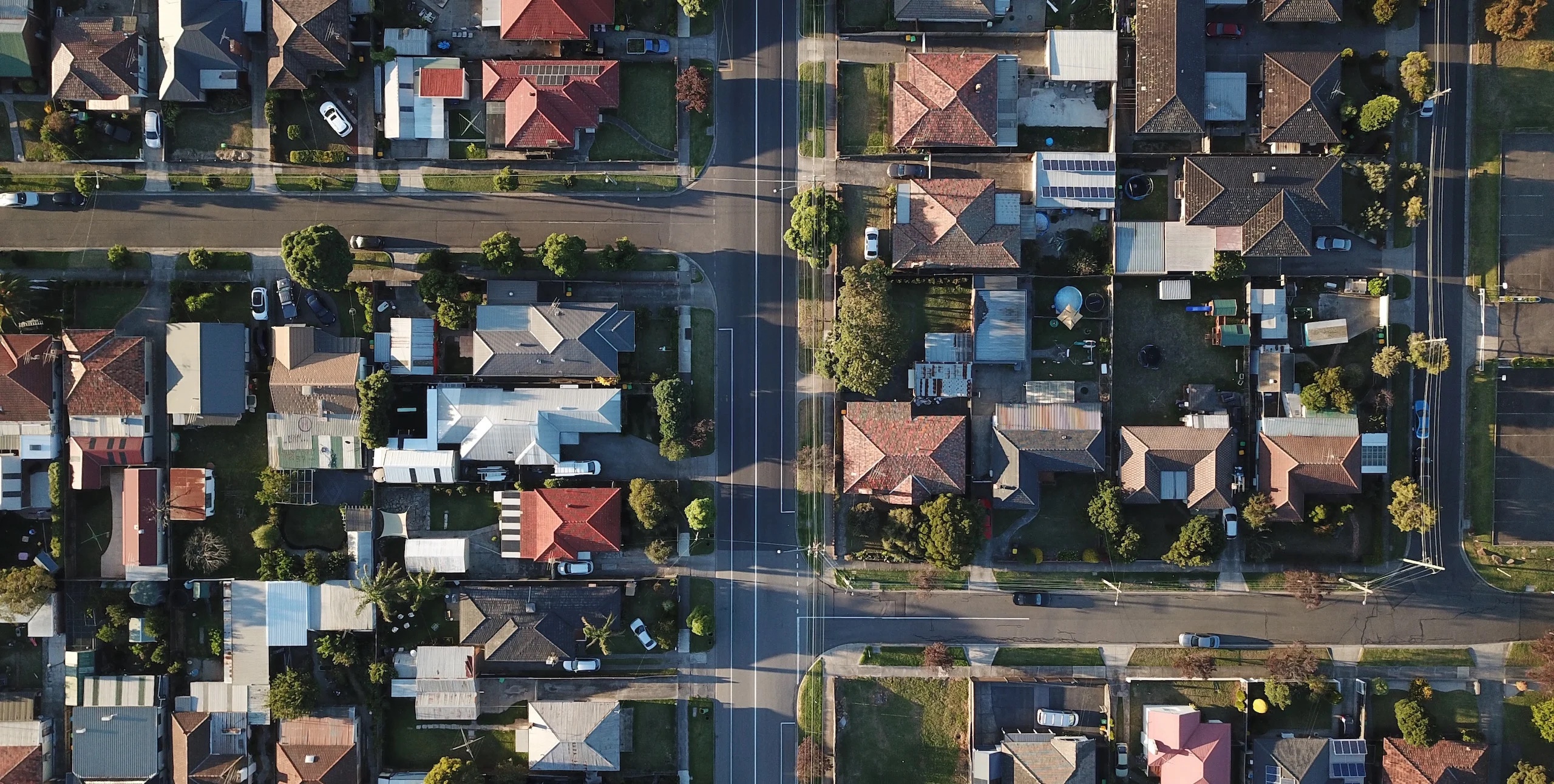Home prices have increased steadily month-over-month since February, and have gone up 4% between February and May alone. One major industry player believes this latest housing downturn has already ended.
The housing market is expected to stabilize in the near-term rather than experience a significant turnaround. Mortgage rates are projected to remain relatively high, with estimates ranging from 5.9% to 6.6% for 2023. These rates are lower than the current rate of 6.9%, but not significantly so. A more substantial decline in interest rates would be needed to prompt a surge in buyer demand.
That meaningful decline isn’t likely until next year or beyond, according to most. Here’s a look at how major industry players think rates will shake out by the end of 2024:
NAR: 6%
Fannie Mae: 5.9%
MBA: 4.9%
Lower mortgage rates are expected to lead to increased demand, sales, and prices in the housing market. The National Association of Realtors predicts a small decline in home prices for this year, but anticipates an increase of 2.6% by the end of 2024, along with a sales increase of over 15%.
The near-term housing market is expected to be more stable and not experience a significant turnaround. Mortgage rates are projected to remain relatively high, with estimates ranging from 5.9% to 6.6% for 2023. These rates are lower than the current rate of 6.9%, but not enough to cause a major increase in demand. A significant decline in interest rates would be needed to see a rush of buyers.
However, it is unlikely that such a decline will occur until next year or beyond. By the end of 2024, industry players predict rates to range from 4.9% to 6%. These slightly lower rates could lead to minor increases in demand, sales, and prices in the housing market. NAR expects home prices to remain steady this year, with a small decline of 0.4%, but predicts a 2.6% increase in prices and more than 15% increase in sales by the end of 2024.
As the summer progresses, potential home buyers continue to be cautious in the face of market uncertainty. Persistent rate hikes have led to a significant increase in rental inventory at the expense of inventory available for purchase. Compared to the same time period last year, net new listings and properties under contract have decreased by 40.3% and 13.4% respectively.
It is worth noting that while list prices reached this year’s peak last month, closed prices have maintained steady and rapid growth into July. As we enter into Q3, experts expect further rate hikes from the Federal Reserve, and buyers will likely remain cautious, with many opting to rent instead of buy. While total inventory is down 13.3% from the same period last year, total single-family rental inventory is up 51% in that same timeframe.




